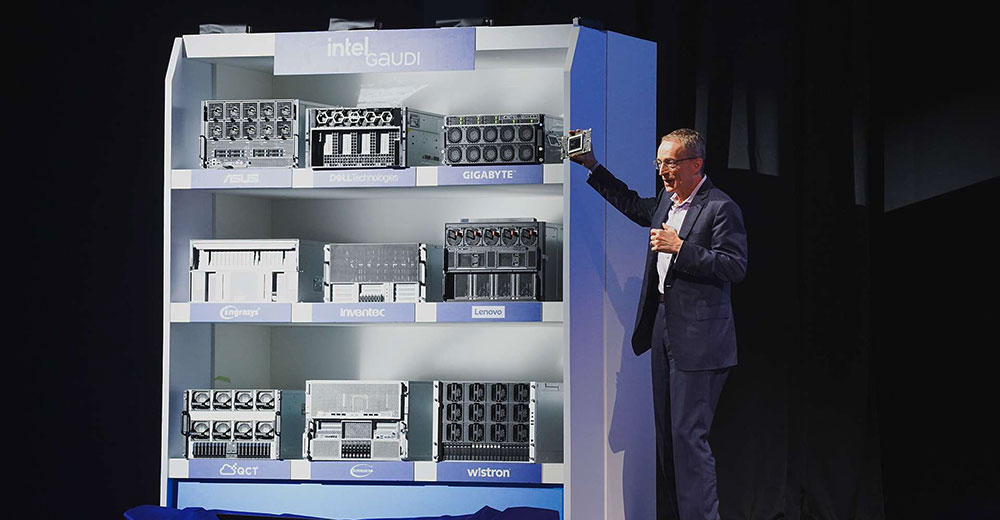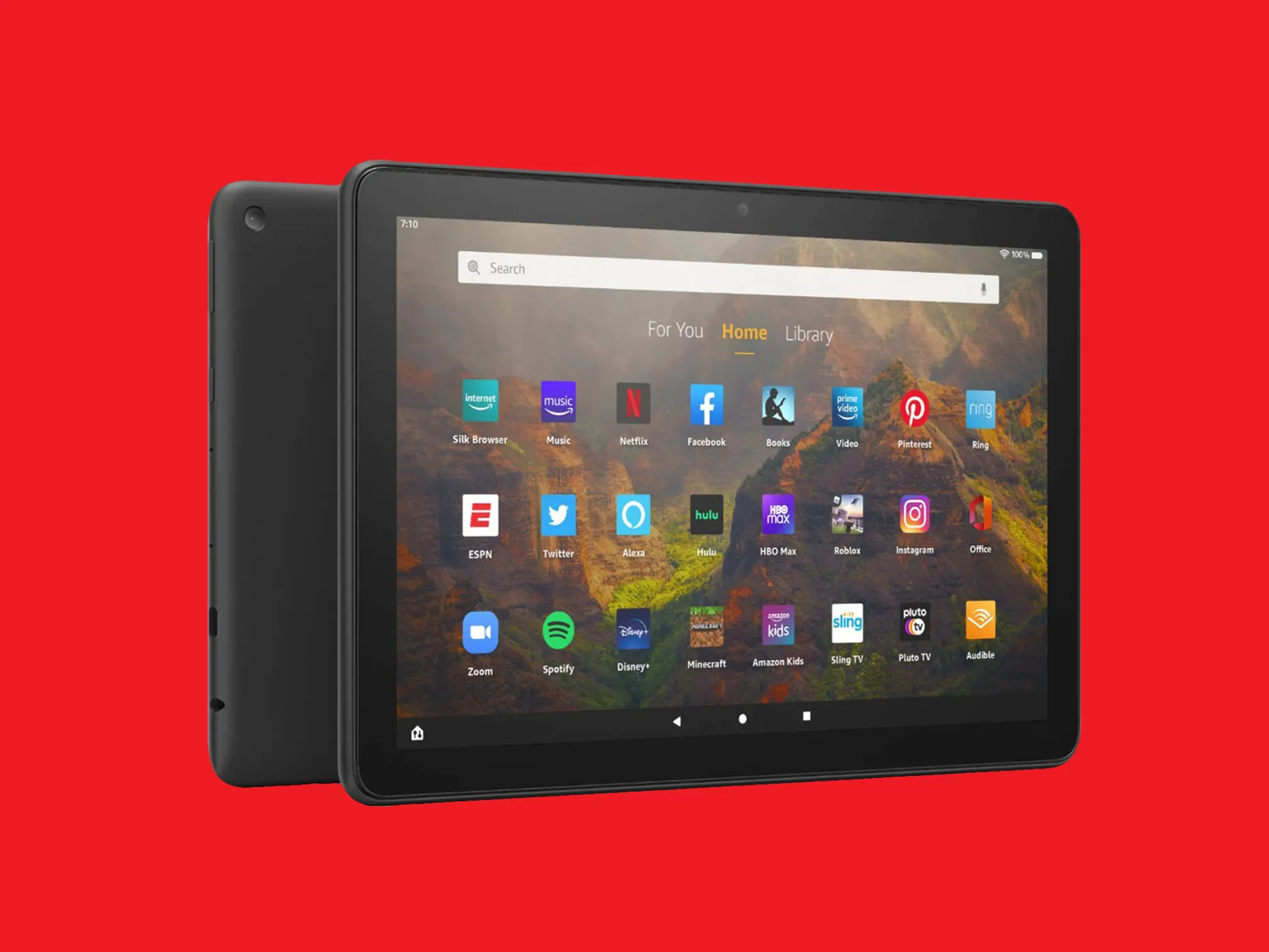
In a significant development, reports emerge of Apple considering parting ways with its issuing bank, Goldman Sachs, marking a potential shift in the Apple Card and high-yield savings account landscape. This partnership, initiated in 2019, could undergo a major transformation as Apple reportedly proposes an exit within the next 12 to 15 months.
The relationship has faced challenges, including regulatory scrutiny, heightened customer service expectations, and diminished profits for Goldman Sachs. The bank’s 33% profit drop in Q3 2023, attributed partly to consumer lending losses, adds a layer of complexity to the situation.
For Apple Card users and high-yield savings account holders, the proposed departure introduces uncertainty. While no finalized decision has been made, the potential shift raises questions about the future issuer of the Apple Card and the continuity of high-yield savings features. As the situation unfolds, users await further clarity on how this significant development will impact their financial experiences with Apple. Stay tuned for updates on this evolving story.
What is a credit card’s issuing bank?
The issuing bank is the financial backing of the card. It’s (usually) separate from the card’s payment network. It’s the financial institution that’s extending you the line of credit. It’s also the bank that handles your payments and customer service issues, provides rewards and some card perks, as well as sets credit limits and interest rates.
What happens when a credit card changes issuers
It’s not unheard of for credit cards to change issuers. It happens more often with co-branded credit cards than standard credit cards. If you’re a cardholder and your issuer changes, you’ll likely receive a notice in the mail detailing the changes, either from your current issuer or whichever institution is taking over the card.
This could mean your card will have a new interest rate, rewards and perks. If there are any major changes to your card terms, the issuing bank — Goldman Sachs — must typically provide 45 days’ notice of changes, according to the Consumer Finance Protection Bureau. And since the Wall Street Journal report notes a 12- to 15-month timeline, your account may not undergo major changes any time soon.
Since the Apple Card is a co-branded credit card, if a new issuer does take over, your rewards should remain with the brand (in this case, Apple) rather than with the previous issuer, according to the credit bureau Experian. That means any card rewards you’ve earned should transfer over to your new account. But if you’re concerned, you could use your rewards before the change takes effect.
Will my card perks change?
If a new issuing bank takes over, it’s possible your card benefits will change along with the issuing bank. However, the card issuer doesn’t determine all of the card perks — the card’s network, like Visa or Mastercard, also has a say.
When you receive your new card, it should come with a benefits guide that details all of your card features. You’ll also be able to find your card’s benefits online once you create your new account.
Does a new issuer mean I’ll have to reapply for the card?
No. You won’t need to fill out another application or undergo another hard credit check. You’ll simply receive notice of your new issuer and of any card terms that change, get your new card in the mail, and create a new online account.
However, one of the Apple Card’s main marketing points is that it carries a lower interest rate than other credit cards (though really, sitting at 19.24% to 29.49% variable is pretty much on par with most other options) it’s possible the tech company makes an effort to keep them from changing too much.
What will happen to my Apple savings account?
If the proposed exit goes through, Apple’s high-yield savings account will also be looking for a new home. It’s possible Apple’s savings account will go to the same issuing bank that takes over the Apple Card.
In the meantime, your money is still protected by the Federal Deposit Insurance Corporation for up to $250,000 per account holder and account type. But if you decide you want to move your funds, there are other high-yield savings accounts available that offer higher interest on your money.




